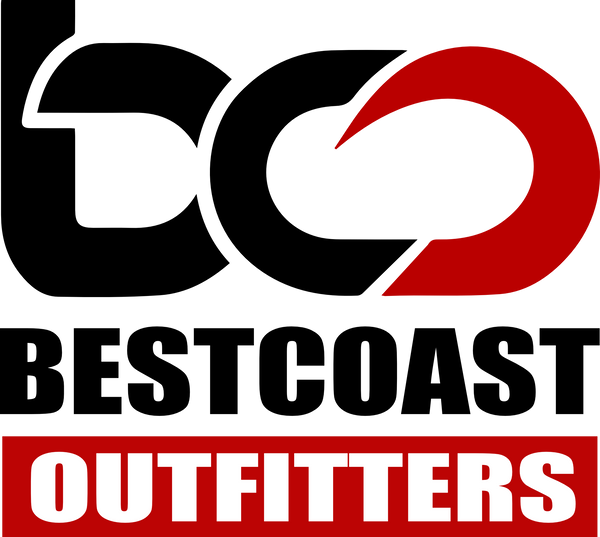Paddling in High Traffic Spaces
Share
By Lee Richardson
Paddling in high traffic areas doesn’t have to be stressful. Kayakers have a very nimble vessel and can maneuver quite easily with some practice, and while kayakers do have to follow the collision regulations, parts of the regulations do not apply and there are some simple things that can be learned to avoid collisions or getting in the way in the water.
If you’re interested in seeing the full collision regulations, you can find them in their entirety here.
Firstly, I personally subscribe to the idea that avoidance is the key. I will take steps early and conservatively in order to keep distance from other vessels on the water. There are some that say that “they have a right away if...blah blah blah”, but I think paddlers should consider subscribing to the idea that “might has right”, meaning the bigger vessel has the right away. This avoids the situation of maybe being “right”, but being compromised in some way or even in a traumatic situation, dead. For example, if you stuck to your course and did not avoid the other vessel because it was technically your right of way, and then you got run over by the large vessel, you would be dead. I would choose to avoid it in every circumstance.
In a head-on situation kayakers should choose to avoid towards the starboard side. That is the right side of the kayak. It is similar to the rules of the road to have the traffic pass on the left or port side of the kayak.

In a situation where a vessel is crossing in front of your kayak, aim to the stern of the vessel and that will ensure that they pass in front of you.

Sometimes it is prudent to pick up some speed and allow a boat to go behind you or pass your stern. If you're with a group this may require the whole group to pick up some speed and allow the vessel to pass behind.

Managing a group of paddlers on the water in collision situations requires some communication and teamwork. No matter what, we always assign a lead and a sweep. The lead usually calls out the course by identifying a direction, using a landmark, or giving the group a bearing to follow. The lead should be able to maintain their sphere of awareness in the conditions being paddled in, and should be able to identify if the group needs to accelerate or slow down. On the other hand, the sweep follows at the back and catches and assists anyone that may fall behind. The sweep should be a strong paddler and a good coach as that will help if any situations arise.
As mentioned above, sometimes the group has to paddle faster as a group to allow a boat to pass behind by the stern, but keep in mind they can only go as fast as the slowest paddler. If the group requires a boat to pass in front, the lead can guide the group in slowing down and aiming for the stern to help allow the boat to go past safely.
There are three main group formations I use when paddling as a group. The first formation is a Pod, the second is Bookshelf and the third is Single File. Pod is a scattered grouping like a pod of whales or dolphins, this formation is relaxed and relatively easy to manage if each group member is aware. When I paddle in Pod formation, my group often makes an agreement that we will stay close enough to be able to communicate with our voices.

The second is shoulder to shoulder, like books on a shelf. This formation is a bit more challenging as the paddlers have to really have a sphere of awareness and be able to maintain the same paddling speed as their paddling partners.

The final one is Single File, like ants carrying food back to their nest. Single File is easy to maintain, and as long as the leading people in the line maintain a pace achievable to the group it works quite well. One thing to note in this formation is that sometimes communication between the lead and the sweep can be tricky due to the distance between them. In general, Pods and Bookshelf are great for crossings as it makes the group look bigger to oncoming boat traffic, while Single File is nice to use in a narrow area like the Gorge Waterway.

Kayakers have the advantage of being able to use the shallow area of the water as well, so they can often use a technique called Handrailing. Handrailing is when you follow the coastline fairly tightly, paddling in shallow waters. Since kayaks don't sit deep into the water they are able to use these shallow lanes that most boats cannot and therefore can stay out of the way, and have little risk of collision with other boats.
Using various strategies when traveling with a group, assigning roles, and choosing the right formation can make being in busy areas a lot easier. Understanding your responsibilities within the group is also important. Whether you have an assigned role like lead or sweep, or are just a team member, there is always something you can do to help make the group run more effectively, and navigate situations like high traffic areas safely.
